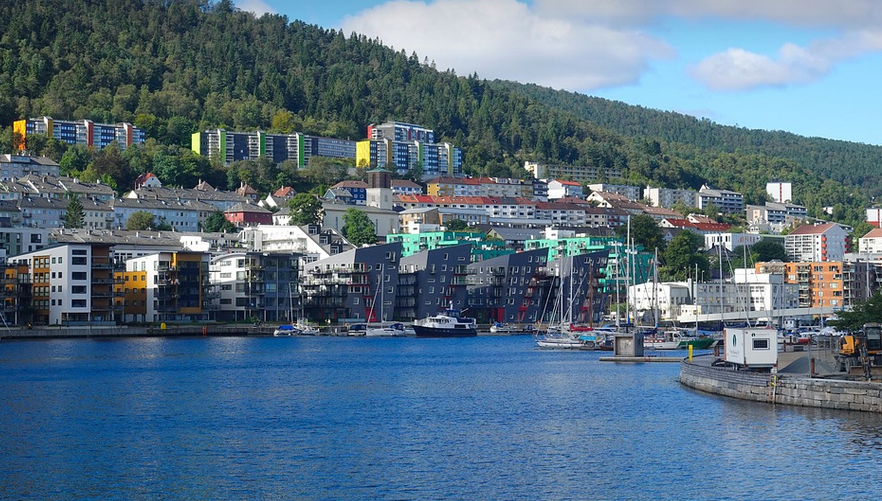The Art of Metal Shaping: A Deep Dive into Naval Welding
Welding aboard naval vessels is more than just joining metal; it’s an intricate art form that forms the backbone of modern maritime power. From colossal battleships to sleek destroyers, welding plays a crucial role across all facets of naval operations. It’s about precision, strength, and resilience – making sure ships can navigate treacherous seas, endure harsh conditions, and remain operational for decades.
The navy relies on skilled welders to keep these vessels afloat—literally. The demands are immense, ranging from repairing damaged hull sections after an encounter with a rogue wave to building new components for cutting-edge weaponry systems. It’s an intricate dance of metal manipulation and engineering brilliance.
A Seafaring Legacy: The History of Naval Welding
For centuries, welding has played a vital role in shipbuilding. Early forms of welding, like the blacksmith’s forge and the ancient Japanese technique of brazing, have evolved into sophisticated methods that enable modern naval vessels to be constructed with incredible precision. The development of arc welding in the 19th century revolutionized shipbuilding, allowing for faster and more efficient construction.
This new technology enabled the mass production of ships, from small fishing boats to massive cargo carriers. The navy embraced it wholeheartedly, using welding to create sturdy hulls, complex machinery systems, and powerful weaponry. The legacy of this evolution continues today, with naval welding techniques remaining at the forefront of marine engineering.
Building a Battleship: The Inside Story of Naval Welding
Imagine a massive steel hull being welded together under a strict timeline and specific engineering blueprints. It sounds daunting, but it is precisely how warships are built today. From the first stage of welding to create the basic framework of the ship, to the intricate details like joining engine rooms and missile launchers – welding becomes inseparable from shipbuilding; each weld contributes its strength to the vessel’s overall integrity.
The journey begins with the fabrication of individual components like hulls, decks, and bulkheads. These parts are then brought together in a controlled environment, typically on dedicated shipyards or floating docks. Skilled welders use various techniques to join these pieces – from the familiar arc welding to more specialized processes like stitch welding, plug welding, and submerged arc welding.
The welding process involves using high temperatures to melt the metals together. This creates a strong bond that forms the shape and structure of the ship. But it’s not all about simple brute force; precision is key – a slight deviation in a weld can have catastrophic consequences for a vessel’s stability and functionality.
Beyond the Basics: Welding on Naval Vessels
The scope of welding in the navy extends far beyond the construction and repair of hull components. It plays key roles across various naval operations, including:
- **Weapon Systems**: From launching missiles to firing artillery, welding is an integral part of every weapon system aboard a naval vessel.
- **Power Generation**: Welding ensures the smooth operation of engines and auxiliary systems that power vessels.
- **Radar and Communications Systems**: These complex systems rely on intricate welding to create the metal structures needed for signal transmission and navigation.
The Life Skills of a Naval Welder
Becoming a skilled naval welder requires a unique combination of technical expertise and practical skills. The role demands a deep understanding of welding principles, metallurgy, and engineering. It also involves meticulous attention to detail, adaptability to challenging environments, and the ability to work effectively in teams.
Naval welders are trained to utilize a variety of welding processes, including: * **Arc Welding:** A widely used process that employs an arc between a consumable electrode and the base metal. * **Shielded Metal Arc Welding (SMAW):** A common type of arc welding using a flux-cored electrode that melts and creates a weld. * **Gas Metal Arc Welding (GMAW):** Uses a continuously fed wire electrode, with shielding gas to protect the molten weld pool. * **Submerged Arc Welding (SAW):** Applies a high current through a consumable electrode to create a seam welded in a submerged arc.
To navigate this demanding role, naval welders also need:
- **Communication Skills:** Working effectively with engineers, mechanics, and other shipboard personnel requires strong communication skills.
- **Problem-Solving Aptitude:** Welding is a job that presents unique challenges and often requires troubleshooting on the spot.
The Importance of Safety in Naval Welding
Safety takes precedence in every aspect of naval operations, and welding is no exception. The high temperatures involved and the potential for sparks pose inherent dangers to welders. To mitigate risks, rigorous safety protocols are strictly enforced:
- **Personal Protective Equipment (PPE):** Welder’s wear hard hats, welding helmets, gloves, and other protective gear to safeguard against hazards.
- **Ventilation Systems:** Welding fumes can be hazardous; proper ventilation systems are essential for the safe working environment.
- **Emergency Procedures:** A well-defined emergency plan is crucial for dealing with unforeseen situations during welding work.
A Legacy of Innovation: The Future of Naval Welding
The future of naval welding is ripe with possibilities. As technology continues to evolve, new and innovative welding methods are being developed.
With the emergence of advanced robotics and automation in welding processes, the need for skilled welders might shift from a primary role to one focused on overseeing and maintaining automated systems. This shift will bring about new challenges that require welders to adapt their skillset and embrace technological advancements.
Conclusion: Embracing the Craft of Naval Welding
Naval welding is much more than just a technical skill; it’s an art form that embodies ingenuity, resilience, and unwavering dedication. It’s about building ships and protecting our interests on the world’s oceans. These skilled welders are at the forefront of naval engineering, shaping the future of maritime power.
